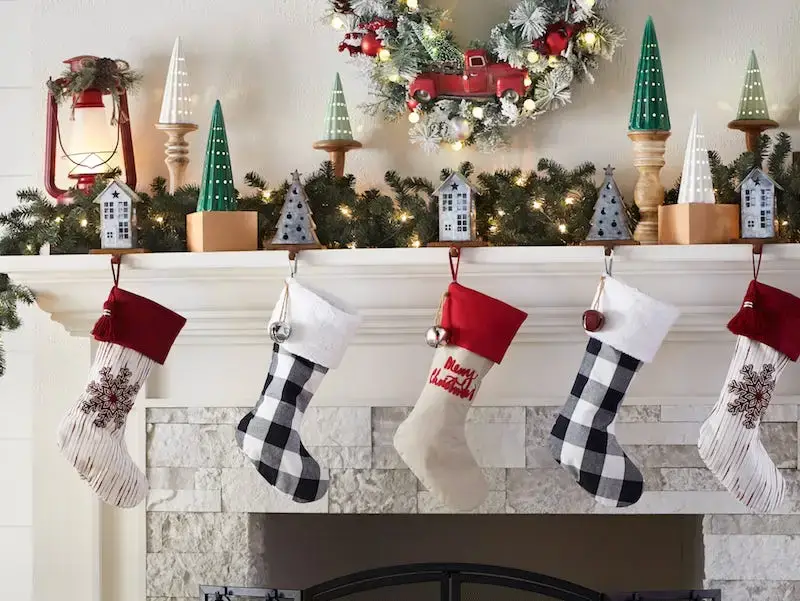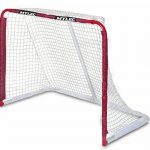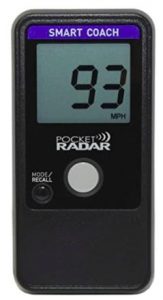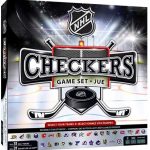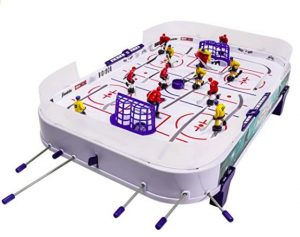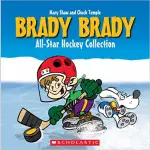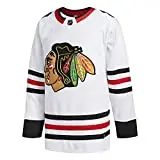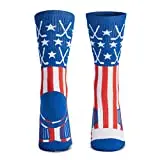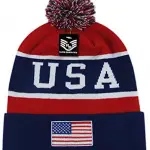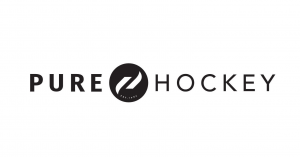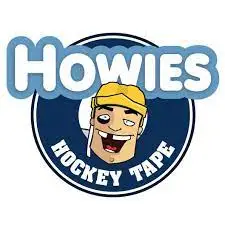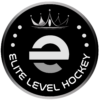There will always be small differences in philosophy, training techniques and structure between organizations, leagues, regions and even cities when it comes to youth hockey. But how about other countries? Is hockey really that different outside of North America?
Elite Level Hockey asked Nikolai Salov, a 19-year-old forward currently with the GMHL’s North York Renegades, about his experiences playing minor hockey in Russia.
At what age do most kids start playing in Russia?
SALOV: I was four years old. All the practices for that team were on roller blades in the summer and hockey skates in the winter. They would teaching us fundamental skills for hockey and physical activity.
How many hours a week are kids expected to practice/play?
SALOV: After playing on an outdoor rink for two years, I tried out and made the only local AAA team in the whole city of Nizhny Novgorod. My team’s name was Torpedo Nizhny Novgorod and it was a part of a big organization that has teams in KHL, junior and minor hockey. From a very young age we had to compete in order to be on the team, because there were many boys who played hockey but there was only when high level team in the area. I first got to play in an organized game in 2009 and by then we had skates up to five times a week.
What is training like in Russian youth hockey?
SALOV: Starting very young we had regular one-hour or one-and-a half-hour practises. There was a lot of off-ice physical activity, which involved stuff like pushups, squats, core work etc. We also played a bit of other sports like soccer, basketball and handball. We had mandatory acrobatics in our facility, mainly for injury prevention.
Did you go to hockey camps?
SALOV: Starting at the age of 12, my team would go out of town for a pre-season training camp for two weeks every summer. Training there for three times a day (one skate, two off ice) and without seeing your parents or family.
Some dryland training days could involve sprints, exercises on the hill (running up, jumping up hill), long distance runs (up to 10 kms or completing an obstacle course in military style. Weather conditions were usually ignored, so we had to do it in the rain, storm and even hail.
We only could eat what given at the camp — dietary, healthy meals which weren’t as tasty as regular food at home. All unhealthy snacks brought from outside the camp were taken.
In Canada there are various levels such as AAA, AA, house league etc and kids tend to play for their hometown team. Is it similar in Russia?
SALOV: It is a pretty similar system based on levels of team for youth hockey in Russia, but first teams have to qualify for being a AAA, AA or A team. Also, teams have a chance to move up from AA to AAA or opposite if they were first or last in their division.
Sometimes there were different teams for different age groups but the teams like mine affiliated with KHL organization were usually the top team for example: Akbars Kazan, Niftehimic Nizhnekamsk were the other teams in our group.
Are tournaments part of competition in Russian youth hockey?
SALOV: Tournaments are a big part of competition in Russian hockey. In most of those tournaments I got to play against teams outside of our league such as Dynamo Moscow, Spartak Moscow, CSKA Moscow and even teams from outside of Russia. The most memorable tournament I participated in was the Tretiak Cup in Moscow where my team ended up getting bronze medal and received them by legendary goalie Vladislav Tretiak himself.
What does hockey mean to Russians, especially compared to other sports?
SALOV: Even though hockey in Russia is not a whole culture like it is in Canada, it’s a big part of life for many people. Hockey in Russia is growing as well. There are more teams and organizations and levels so more kids could participate in the sport.
Do you notice a difference between what skills are focused on in Canada vs. Russia?
SALOV: Both countries have different player development. In Canada, coaches focusing on skills separately and one at a time (skating, shooting, stickhandling). Russian hockey focuses more on physical strength at youth and minor hockey, especially that game is played on bigger ice surface. Canadian hockey is more physical and you can even find smallest guys go for hits.
